Proper implementation of cleaning and sanitizing practices is imperative in the present scenario. Restaurant owners must ensure the safe handling and delivery of food to consumers.
Follow the Correct Food Sanitization Procedures
Protocols and recommendations for cleaning and food sanitization in food facilities exist. These protocols must be continuous in hotel kitchens. Do you want to know what the procedures are? Follow the steps below.
1. Wash Hands Often
Cleanliness begins with proper personal hygiene. Washing hands is of the utmost importance for food safety. It is a basic practice that everyone must follow. Employees should ensure that they wash their hands with soap and warm water for at least 20 seconds. This is imperative, especially after touching high-touch surfaces like doorknobs, doorbells, kitchen sinks, etc.
2. Clean Kitchen Equipment And Surfaces
It is important to clean and sanitize the entire kitchen area of restaurants on a daily basis. Food handlers must ensure that all the kitchen counters and surfaces are cleaned. Food preparation equipment, such as utensils, knives, and cutting boards, must be washed. Ice makers and food and beverage equipment should always be cleaned. Therefore, it is best to wash kitchen equipment with warm water and let it air dry.
3. Cleaning Of Cleaning Tools And Equipment
Proper cleaning tools and equipment are also a significant part of the kitchen. Clean and sanitize cleaning supplies like brooms, mops, sponges, squeegees, etc. every day. One should have a clean set of cleaning tools to clean the kitchen and equipment. As a result, this will ensure efficient daily kitchen cleaning, and thus, the kitchen equipment will also be cleaned.
4. Cleaning And Sanitizing Of High Touch Surfaces
Ensure to focus on cleaning the surfaces that get touched often and are used frequently. This includes doorknobs, switchboards, cart handles, elevator buttons, and counters. Ensure that these surfaces are cleaned and sanitized at least once daily. Get the floors and other facility access areas with more traffic more often.
5. Follow Correct Procedures For Food Sanitization
Cutting off the damaged and bruised areas of veggies and fruits is necessary. Always rinse fruits and vegetables under running water to eliminate all dirt and residues. Use a food brush to clean firm fruits like watermelon and cucumbers. Clean them under running water. Do not wash meat, eggs, and seafood together with vegetables; otherwise, they may cause foodborne illness. Also, do not wash any product that has a label of “Pre-Washed.”
6. Separate Food Items
Do not allow cross-contamination of food. Always use separate cutting boards, cutters, slicers, and utensils to cook vegetables. A separate set of equipment should be available to cook meat, poultry, and seafood.
Furthermore, separate bags for meat, poultry, and seafood should be used. Keep them away from other food products in the shopping carts to prevent cross-contamination.
7. Follow Safe Temperatures
Food is safe to consume when its inside temperature is high enough to kill germs. Food handlers should ensure that food is cooked at appropriate temperatures. This will avoid food poisoning and foodborne illnesses.
Moreover, ensure raw meat, poultry, and seafood are cooked at the right temperatures. Follow recommended food safety temperatures for every type of food product.
Protect Your Business and Consumers with Effective Sanitation
Do you want to provide your customers with the safest food? Then contact RR Consulting Services. With our years of experience, our team will certainly ensure that all food standards and protocols are followed. Contact us today to schedule a consultation and learn how we can assist you.

